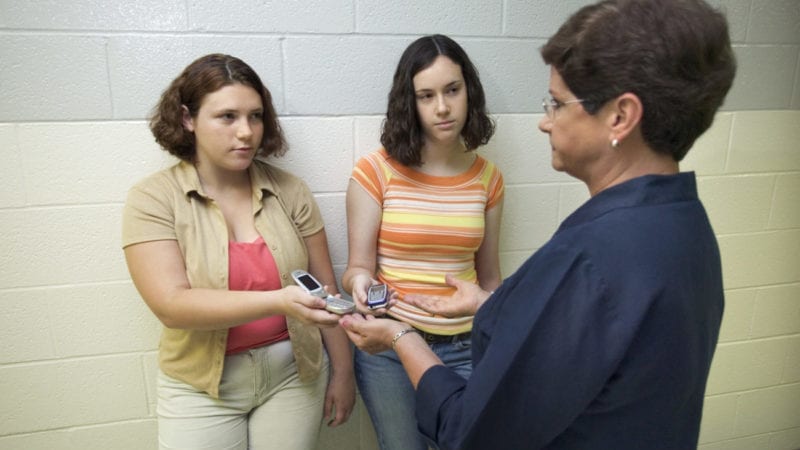I have to believe I have improved over the past ten years, even as a disciplinarian, though I don’t like that term. I’ve moved from being the deliverer of bad news, the arbiter of consequences to a mentor helping students solve their own challenges. I’ve come to believe that the usual consequences, like that early morning detention, just don’t teach students all that much. So I’ve been trying a new way. I make them answer hard questions and think deeply about why they’re here in the principal’s office. Many teens would rather take the 7AM detention hit.
I find myself more and more curious about the reasoning and thinking behind their less-than-acceptable actions. And, so I wondered, If we could use better questions to arrive at a common understanding. I wanted to learn why behaviors occurred and plan to improve so I could focused on the future instead of living in the past.
In this vein, these are the three questions to ask when students are sent to the principal’s office.
The Echo Question

I use this question after a student has first explained to me what happened. It says I am listening and I care about getting to the real story. If I feel like what is initially being shared by the student is not accurate or untruthful, I will ask follow up questions until we arrive at a version of events that is more closely aligned with the truth. I don’t use the word lying in my conversations with kids as it can deteriorate trust. It is also disrespectful. Language matters. Instead, we discuss the importance of total honesty.
The How-Can-I-Help Question

I’ve stopped asking “Why did you do this?” It goes nowhere because many times kids don’t know why. Maybe they were physical or used poor language in the heat of the moment and weren’t thinking. So, they literally don’t know why they chose this action.
The alternative question puts the responsibility on the student to think about what they need. Often, they have pretty good ideas on how to avoid these types of situations in the future, such as staying away from the other student for a while. They may still have some consequence which depends on the severity of their actions and how frequently it occurs. If they cannot identify what they need, I typically offer some ideas based on similar situations I’ve dealt with in the past. Kids like to hear that they are not the only ones that make these kinds of mistakes.
The Fix-it Question

In my ten years in the front office, there have been very few instances in which a problem does not have an appropriate resolution. It may not be apparent at the time of the conversation. In that case, and if the student’s actions are not too serious, I will delay the consequence/resolution by telling the student to think about it for now. “I’ll get back to you later to see what you have come up with,” and off they go to class. I am there to support them and willing to work with them as long as they are willing to work with me.
If we treat many of our behavior challenges not as infractions of the rules but instead as mistake-making, like we see in our academics, then we start to view office visits as opportunities for teaching and learning. My questions serve as feedback for the students to do the thinking, reflecting, and hopefully changing. This type of instruction might be just as important as the work students are doing in the classroom.

